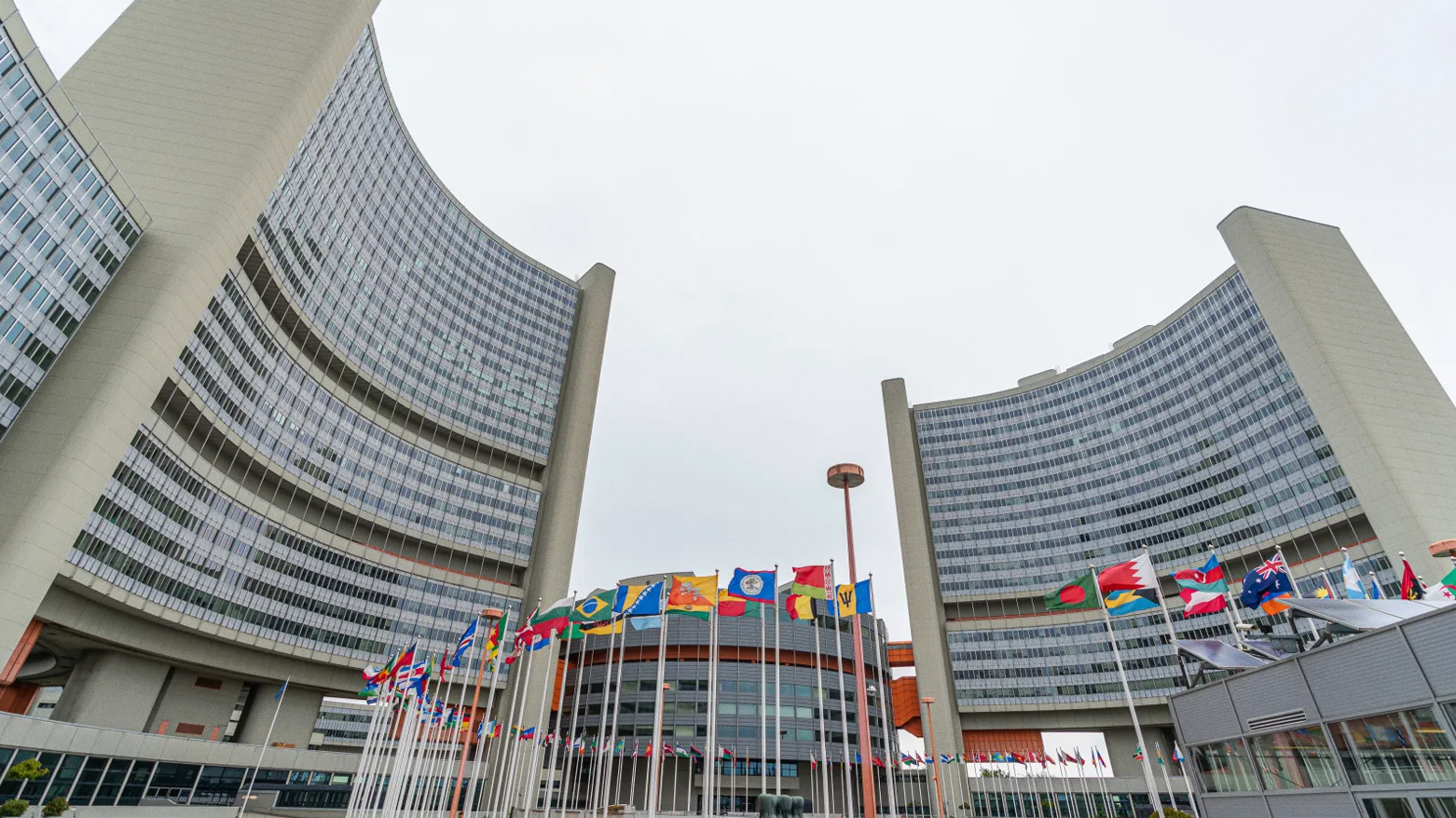Reuters: IAEA Finds Covert Nuclear Sites, West Plans Response
As reported by Reuters, the confidential IAEA report, circulated among the agency’s 35-member Board of Governors, details years of covert activities, some with potential relevance to the development of nuclear weapons.

By Kamaran Aziz
ERBIL (Kurdistan24) – In a damning new assessment, the International Atomic Energy Agency (IAEA) has concluded that Iran secretly conducted nuclear activities at three undeclared locations, using nuclear material not reported to the U.N. watchdog—findings that are expected to prompt a new Western-led resolution declaring Iran in breach of its non-proliferation commitments.
As reported by Reuters, the confidential IAEA report, circulated among the agency’s 35-member Board of Governors, details years of covert activities, some with potential relevance to the development of nuclear weapons. The report, requested by the board last November, is regarded as one of the most definitive documents on Iran’s clandestine nuclear history.
According to the IAEA, the three sites—Lavisan-Shian, Varamin, and Turquzabad—were part of an “undeclared structured nuclear programme” operated by Iran until the early 2000s. Some of the nuclear material and equipment from this program was stored at Turquzabad as recently as 2018. The IAEA concluded that nuclear material and related activities were not disclosed to the agency, violating Iran’s international obligations.
At Lavisan-Shian, in Tehran, the IAEA found that a uranium metal disc had been used in 2003 for small-scale testing involving explosively driven neutron sources, a key component in initiating a nuclear detonation. This material and testing are consistent with the early stages of nuclear weapons development.
Iran maintains that its nuclear ambitions are purely peaceful and has denied any intent to develop nuclear weapons. Tehran has repeatedly rejected Western accusations and pointed to a religious fatwa issued by Supreme Leader Ayatollah Ali Khamenei that bans nuclear weapons. Nevertheless, the IAEA report significantly undermines those assurances.
The watchdog also criticized Iran's ongoing cooperation, stating it remains "less than satisfactory" on multiple fronts. The agency is still waiting for credible explanations for uranium traces found at two of the four sites under investigation.
In response, Western powers—specifically the United States, United Kingdom, France, and Germany—are reportedly preparing to submit a resolution at the IAEA Board's upcoming meeting on June 9. If passed, it would be the first formal declaration of Iran’s non-compliance in nearly two decades and could ultimately lead to a referral to the U.N. Security Council.
Diplomats cited by Reuters noted that such a resolution could provoke a harsh reaction from Iran, potentially leading it to escalate its nuclear enrichment activities and further derail negotiations with Washington. Previous board censures have been followed by similar Iranian responses.
In a separate IAEA report sent to member states, the agency noted a sharp increase in Iran’s stockpile of near-weapons-grade uranium. Iran now holds 408.6 kilograms of uranium enriched up to 60% purity—just below the 90% required for a nuclear weapon. This quantity, if further enriched, would be sufficient for the production of approximately nine nuclear weapons, according to IAEA benchmarks.
Both reports described this level of enrichment as “of serious concern,” noting that Iran is the only country enriching uranium to such levels without being a declared nuclear weapons state.
The report has drawn swift reaction from Israel. Prime Minister Benjamin Netanyahu’s office stated that the IAEA findings show Tehran’s determination to complete its nuclear weapons programme, calling for immediate international action to halt Iran’s activities.
While U.S. intelligence agencies and the IAEA have previously assessed that Iran halted its secret nuclear weapons programme in 2003, the new report provides renewed evidence of past coordination and raises alarms over present enrichment levels and transparency issues.
The June 9 IAEA Board meeting is now shaping up to be a pivotal moment in the global effort to contain Iran’s nuclear ambitions. Any formal rebuke or referral to the U.N. Security Council could reshape the stalled diplomatic landscape and provoke a sharp shift in regional dynamics.
The Islamic Republic, already facing mounting internal and external pressures, must now respond not only to geopolitical scrutiny but to the accumulating evidence of its past nuclear secrecy.
